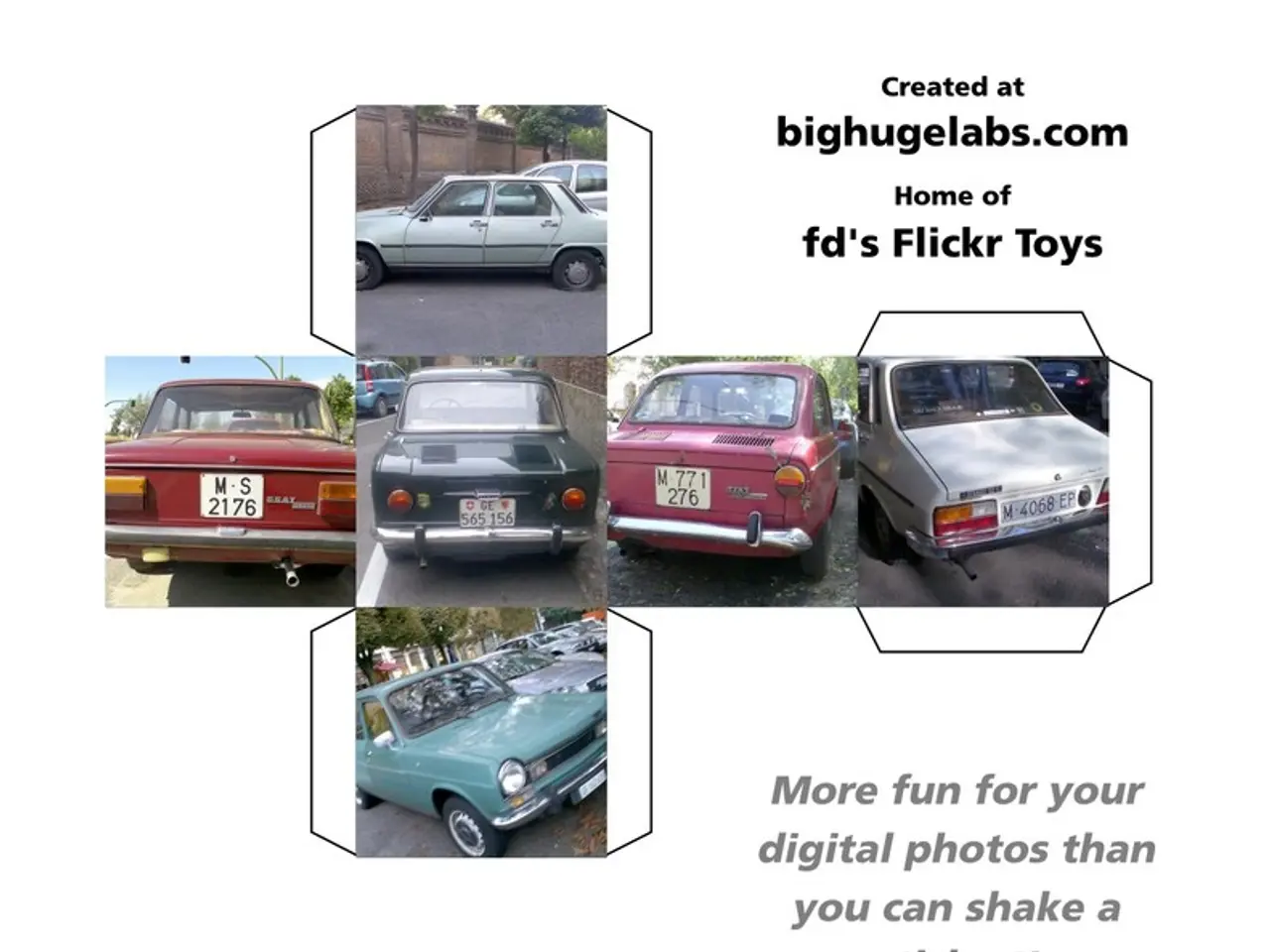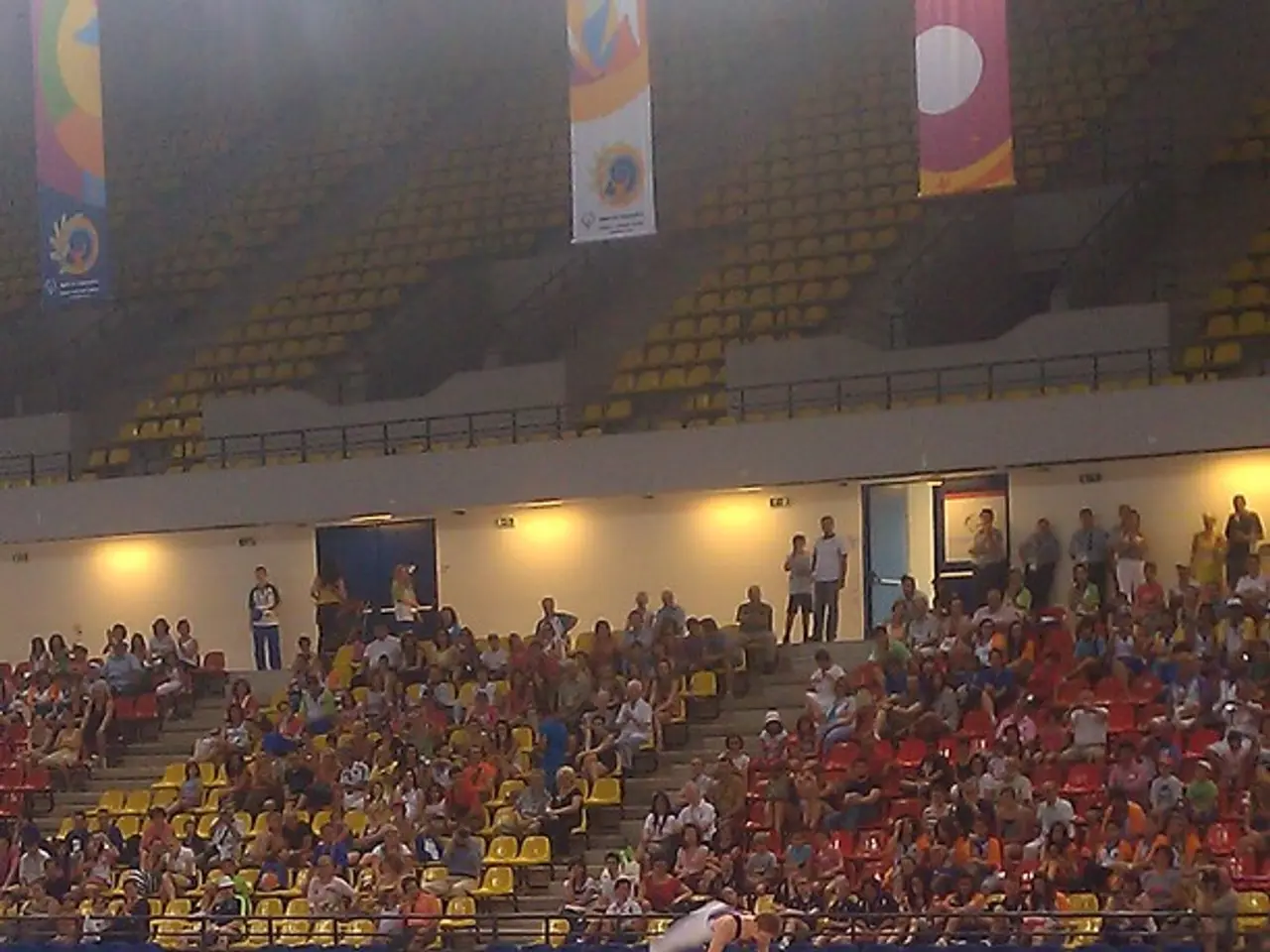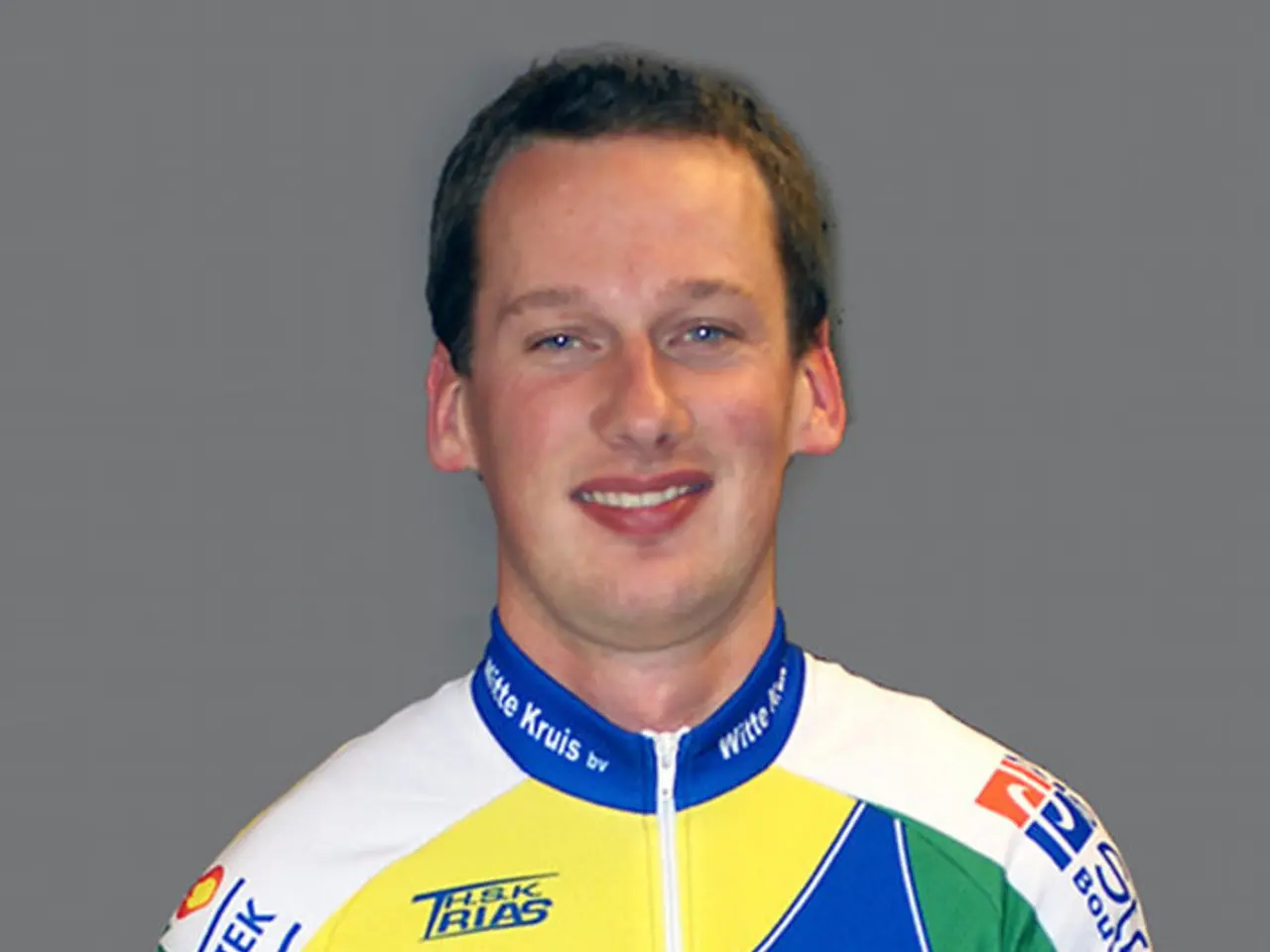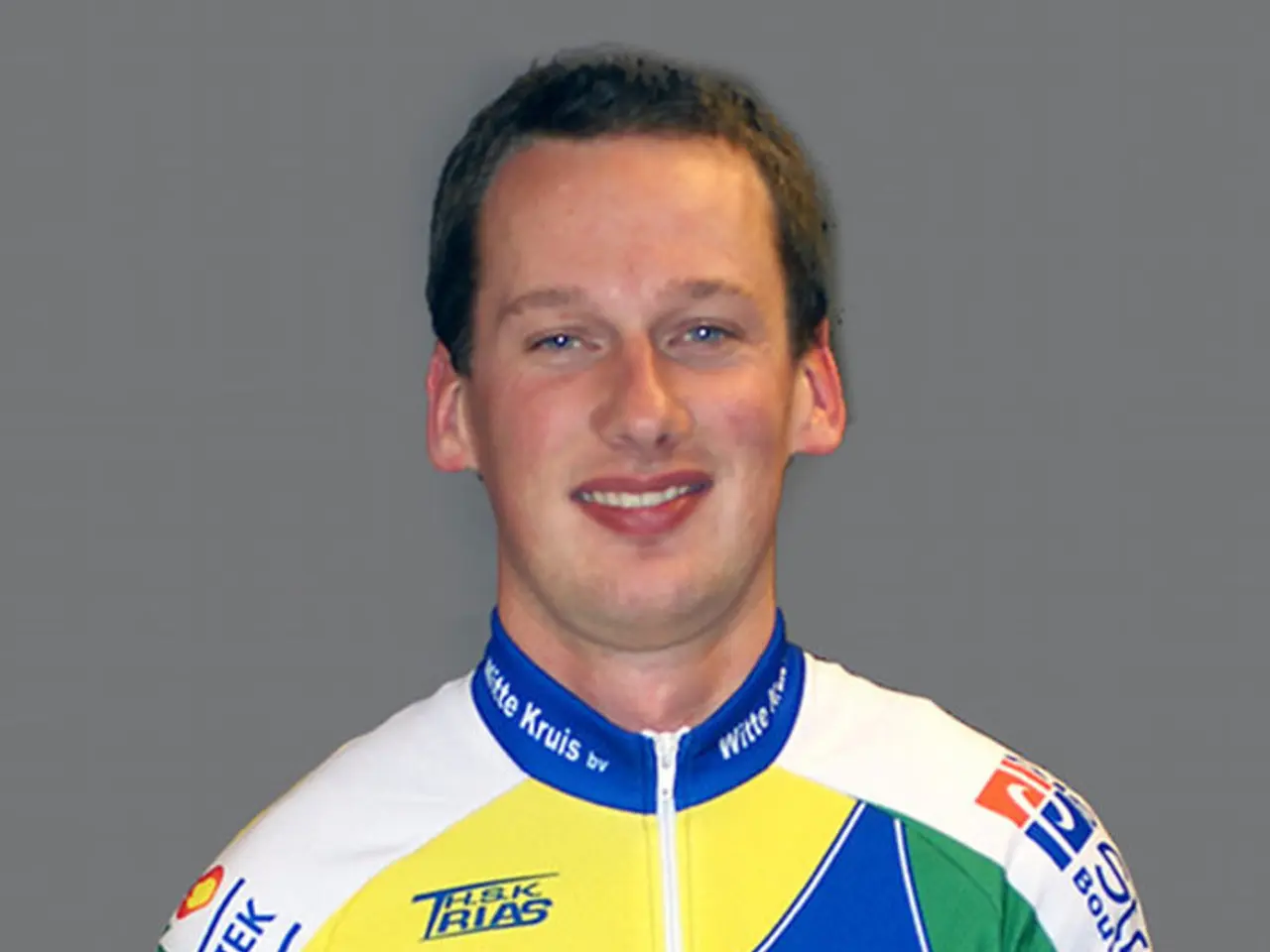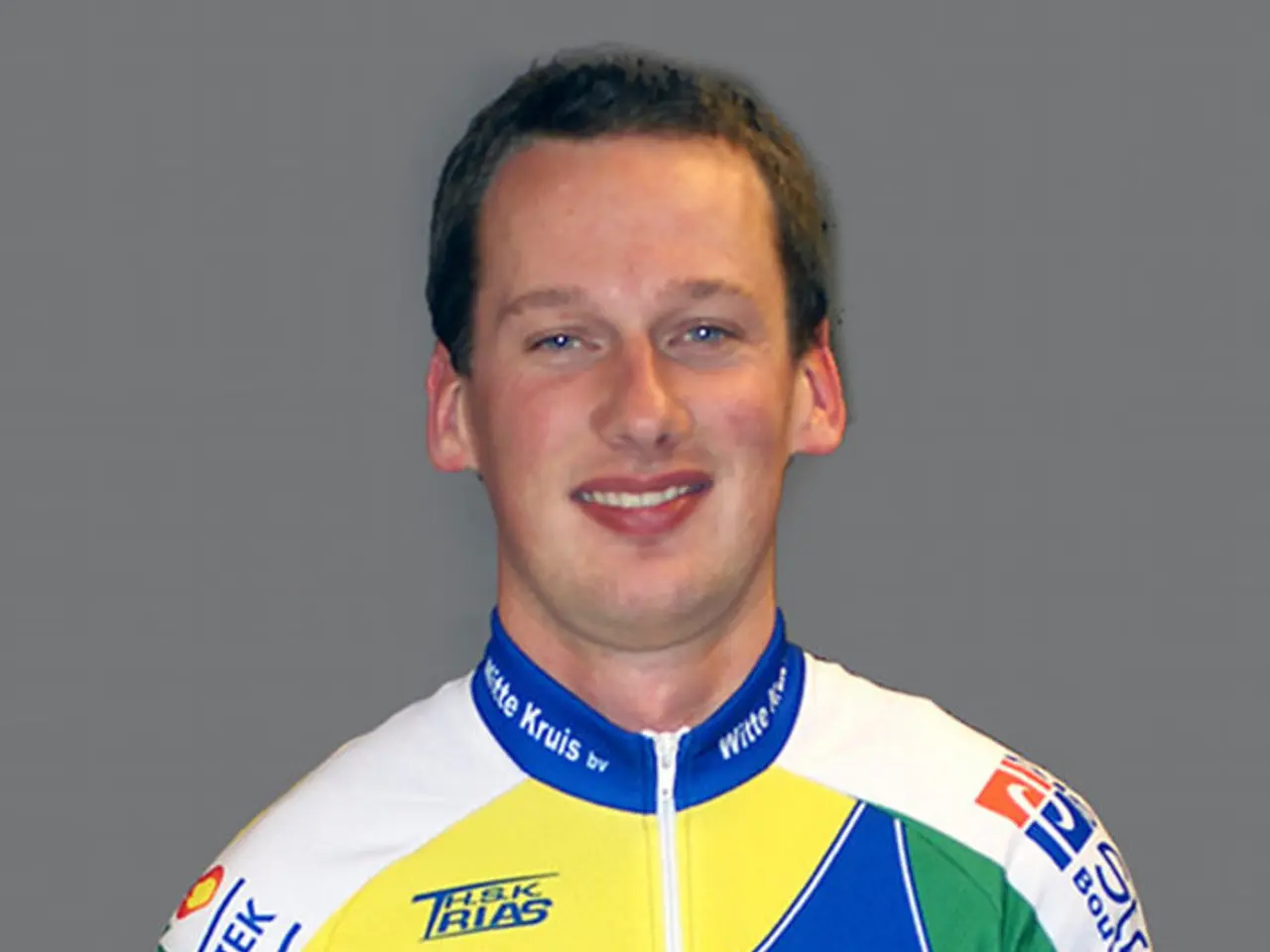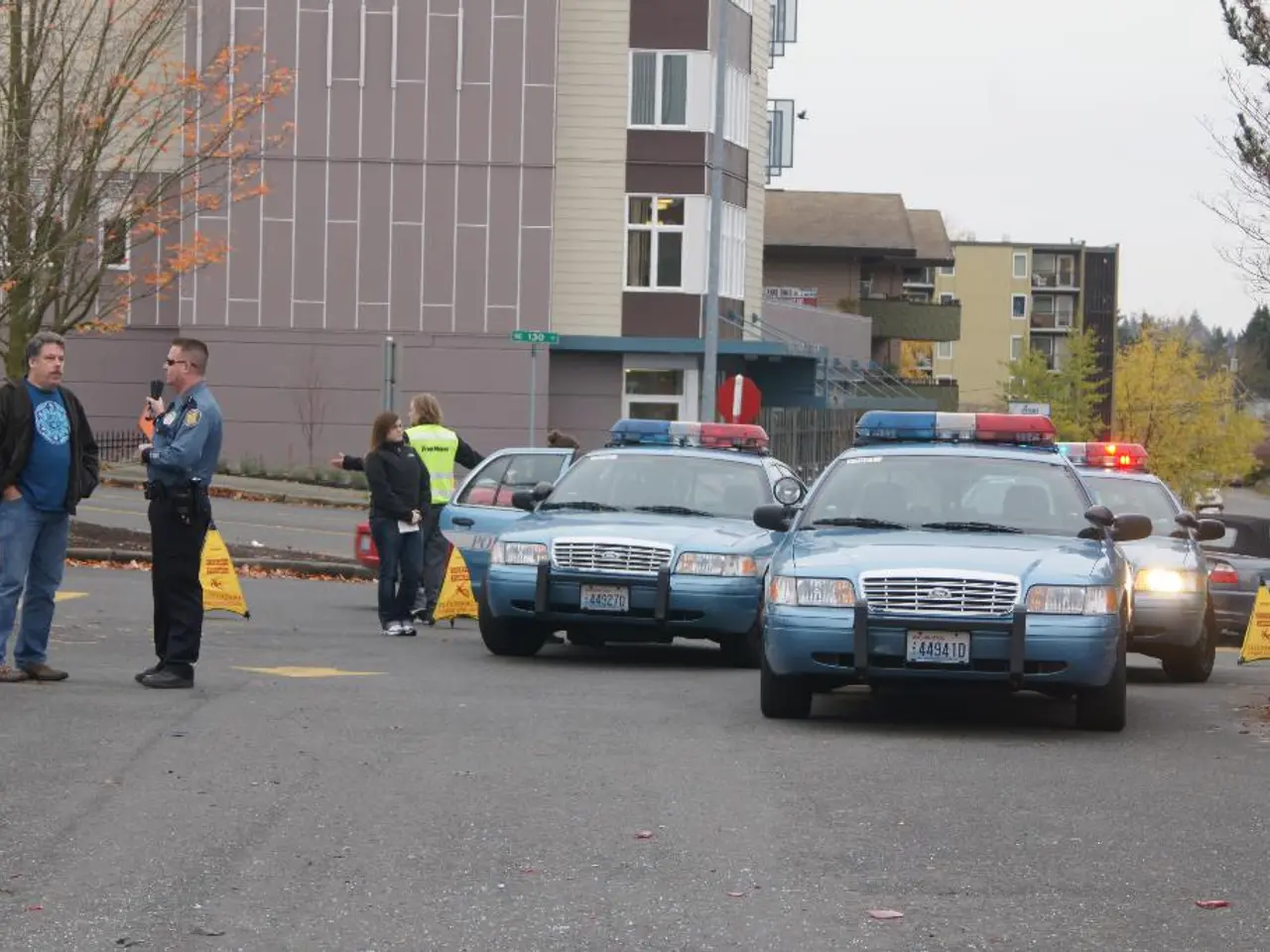Latest disclosure of the Used Car Safety Ratings for the years 2019-2020 indicates the most secure second-hand autos
In a bid to make roads safer for everyone in Melbourne, RACV is conducting the My Melbourne Road survey in 2025. This survey is open to all motorists, cyclists, pedestrians, and public transport users, inviting them to have their say about the city's road safety.
The survey does not specify a deadline for participation, and it aims to gather opinions about the city's most dangerous intersections. However, it does not provide details about how the gathered data will be used or who will analyze it.
Common driving hazards in Melbourne include rear-end collisions, increased risks during afternoon peak times, and risky behaviours such as speeding or failure to use seatbelts properly. Vulnerable road users like pedestrians, cyclists, and motorcyclists also face heightened dangers, reflected in rising fatalities among pedestrians and cyclists in recent data.
Common Driving Hazards in Melbourne
- Rear-end collisions: The most common crash type, often occurring in afternoons.
- Speeding: A major factor in crashes involving occupational light vehicles and others.
- Non-use of seatbelts: Particularly among younger drivers and passengers aged 18 to 25, increasing injury risk.
- Inattention or disabling vehicle safety features: One in five drivers admits turning off features like automatic emergency braking, reducing crash prevention effectiveness.
- Vulnerable road users at risk: Pedestrian deaths rose 15% and cyclist deaths increased nearly 12% in the past year, indicating hazards for non-motorists.
Safety Tips for Motorists
- Use Advanced Driver Assistance Systems (ADAS): Keep features like collision warning and automatic emergency braking active to prevent common crashes.
- Avoid speeding and obey traffic rules: Speeding increases crash severity.
- Always wear seatbelts and ensure passengers do the same.
- Stay attentive, especially in the afternoon peak times when crashes are frequent.
Safety Tips for Cyclists
- Wear helmets and high-visibility clothing to increase visibility.
- Use lights at night and obey traffic signals.
- Stay alert to vehicle blind spots, particularly for larger vehicles.
- Ride predictably and signal intentions clearly.
Safety Tips for Pedestrians
- Use designated crossings and wait for signals.
- Stay visible, especially at night or in poor weather.
- Avoid distractions like mobile phones while crossing streets.
- Make eye contact with drivers to ensure they see you.
These combined measures address the main hazards and recent statistical trends seen on Victorian roads including Melbourne, aiming to reduce injuries and fatalities among motorists, cyclists, and pedestrians alike. Participants in the My Melbourne Road survey can express their voices and opinions, contributing to making the city's roads safer for all.
- Car-maintenance: Ensuring regular checks and proper maintenance of vehicles can help reduce the risk of car-related hazards, such as speeding or rear-end collisions, that contribute to road accidents in Melbourne.
- Lifestyle choices: Adopting safe practices like wearing seatbelts, reducing speed, staying alert during peak hours, using advanced driver assistance systems, and regularly maintaining vehicles can significantly impact road safety in Melbourne, as well as engaging in sports that encourage road safety education and awareness.
